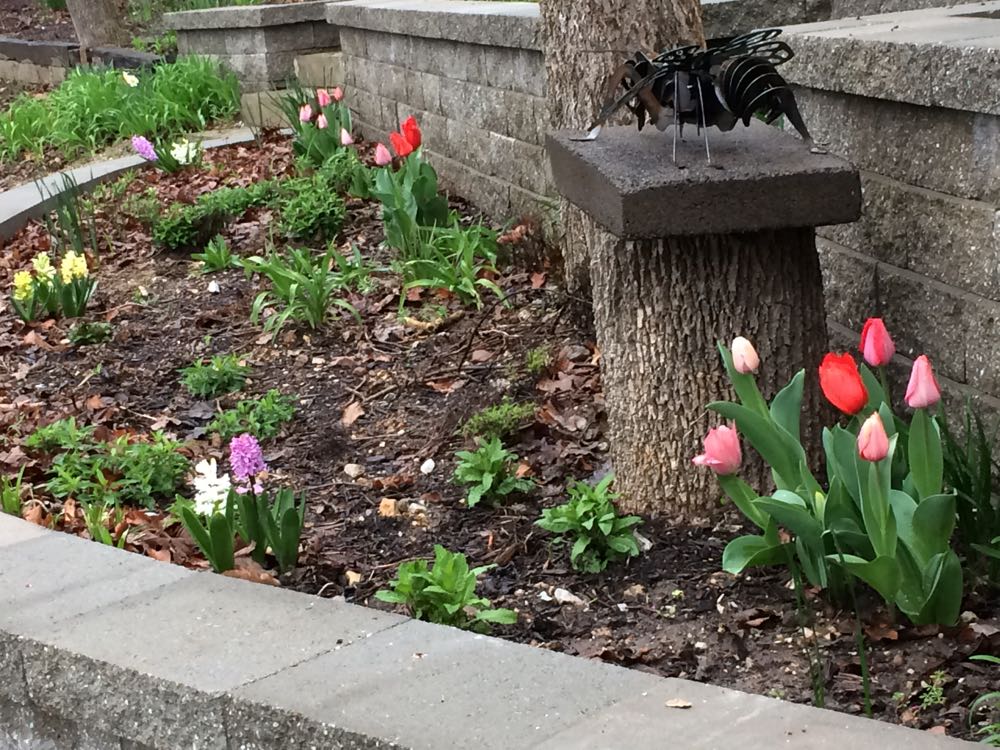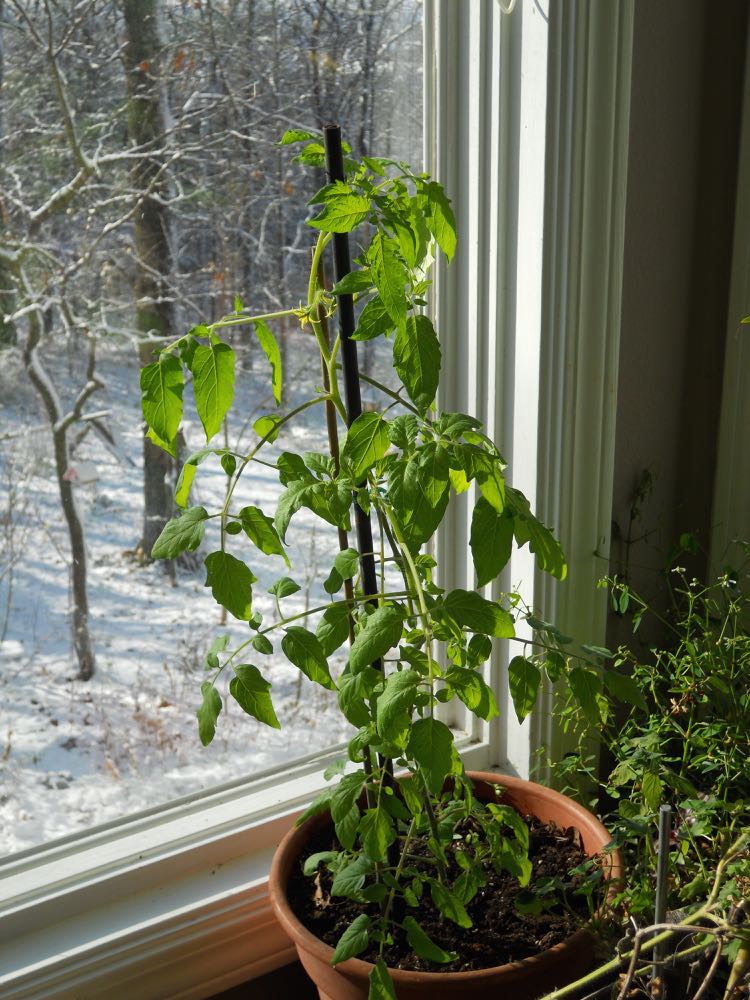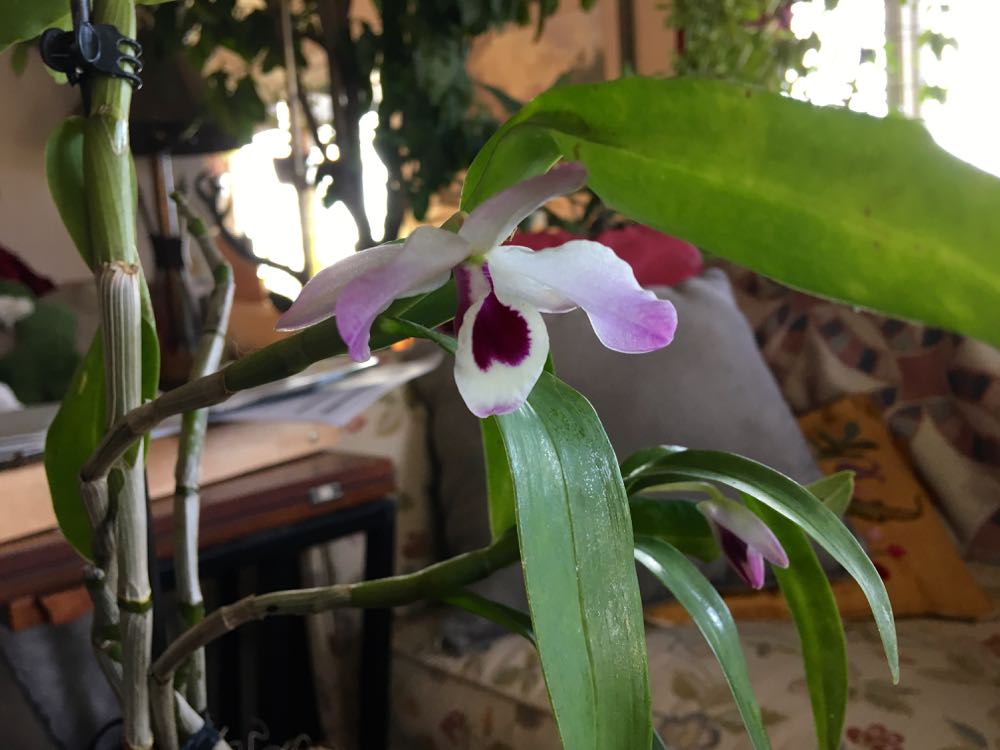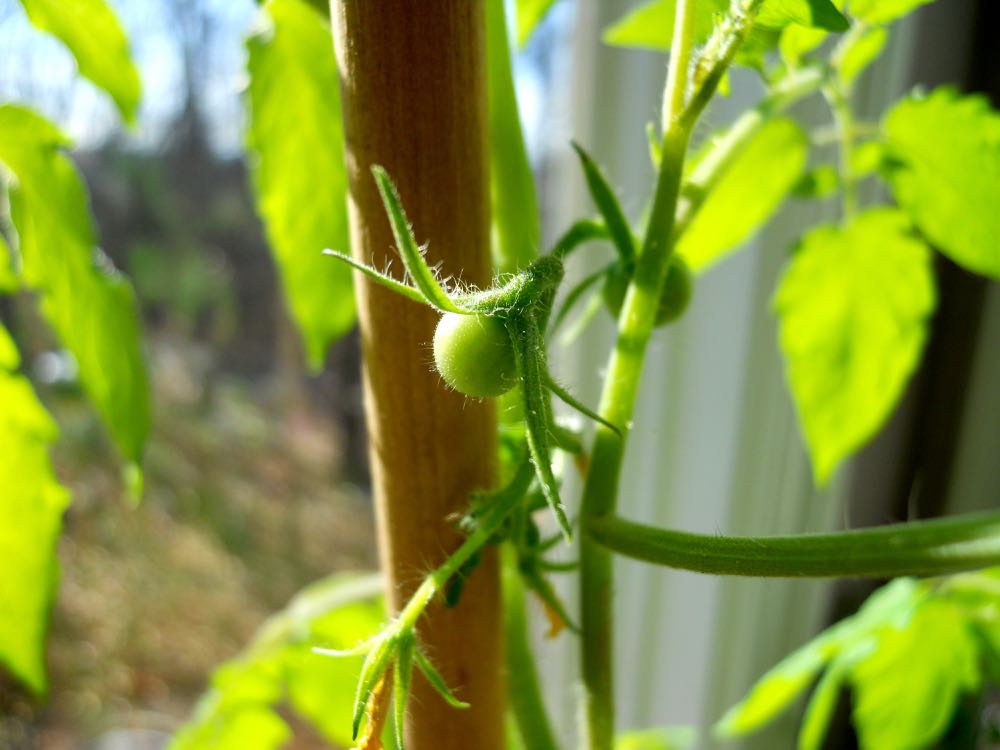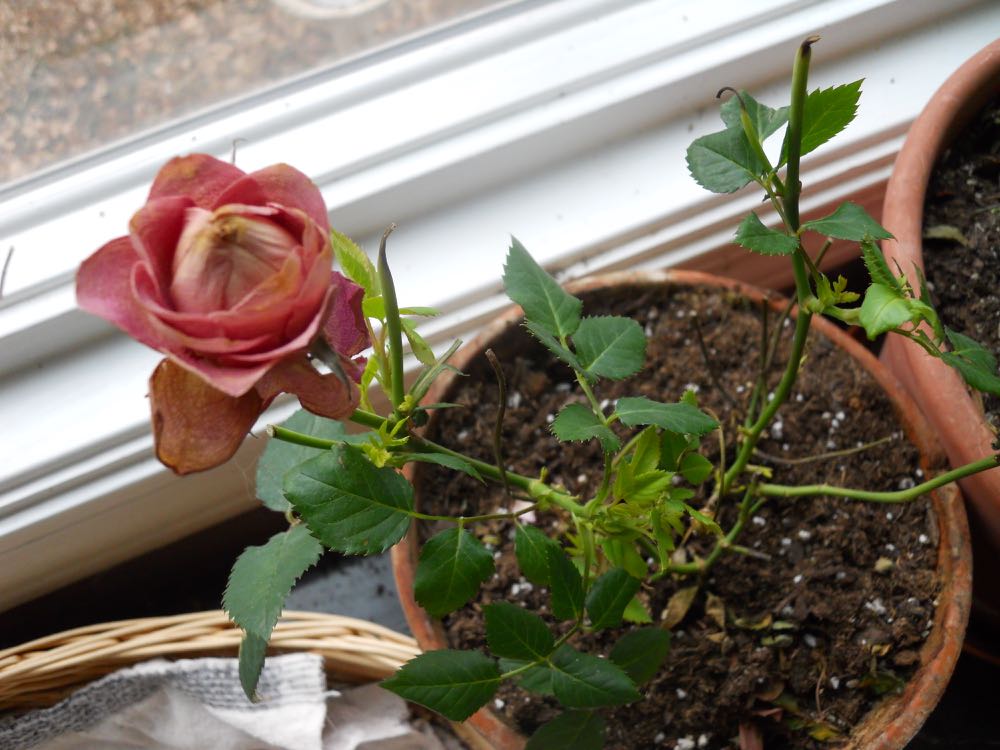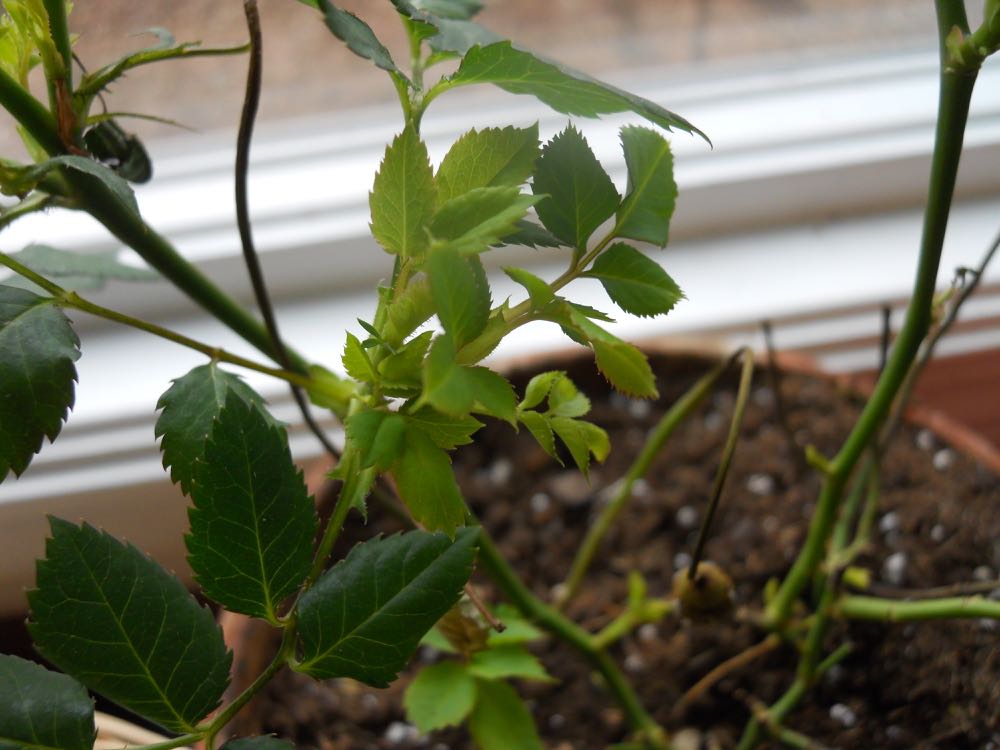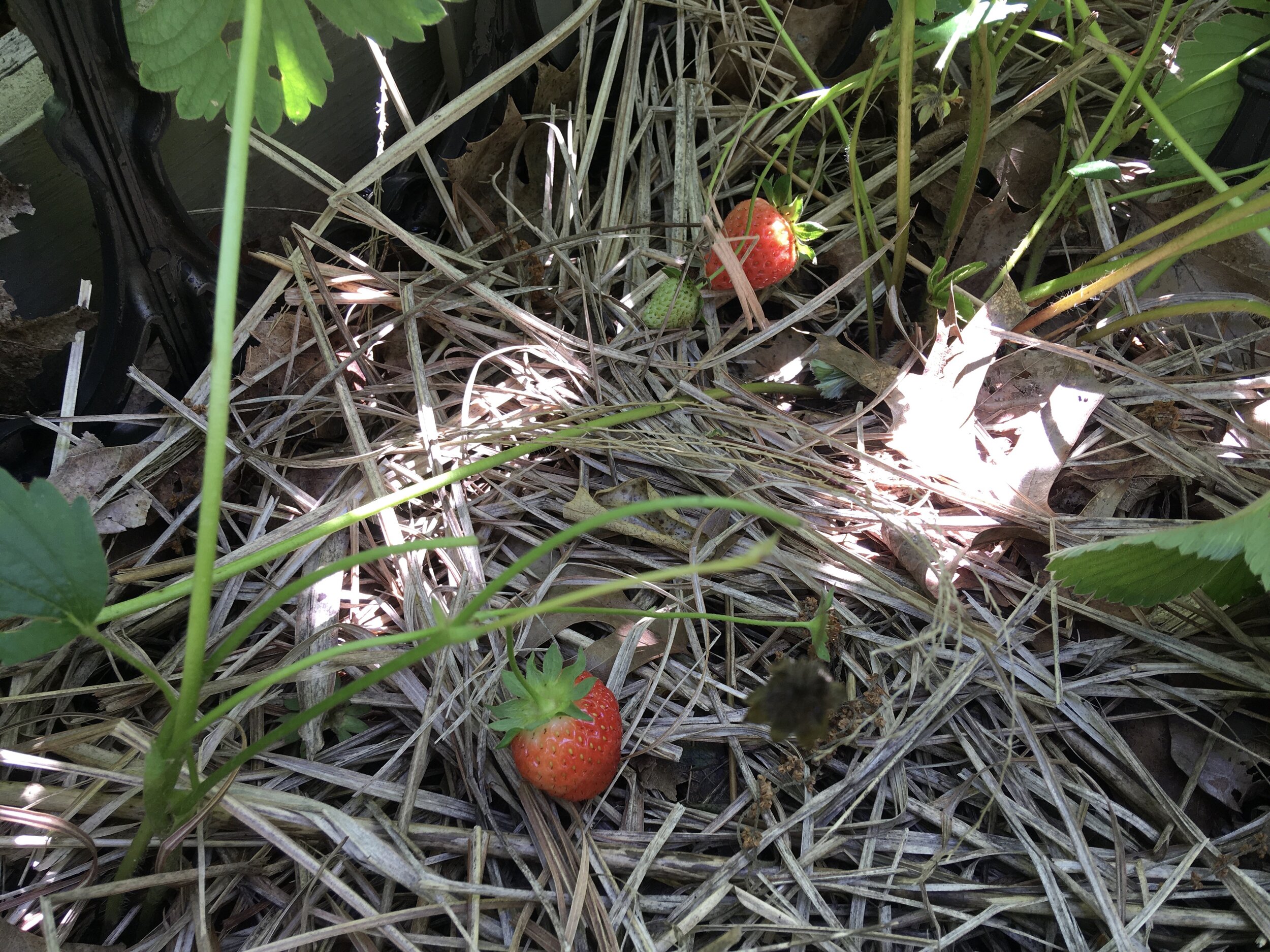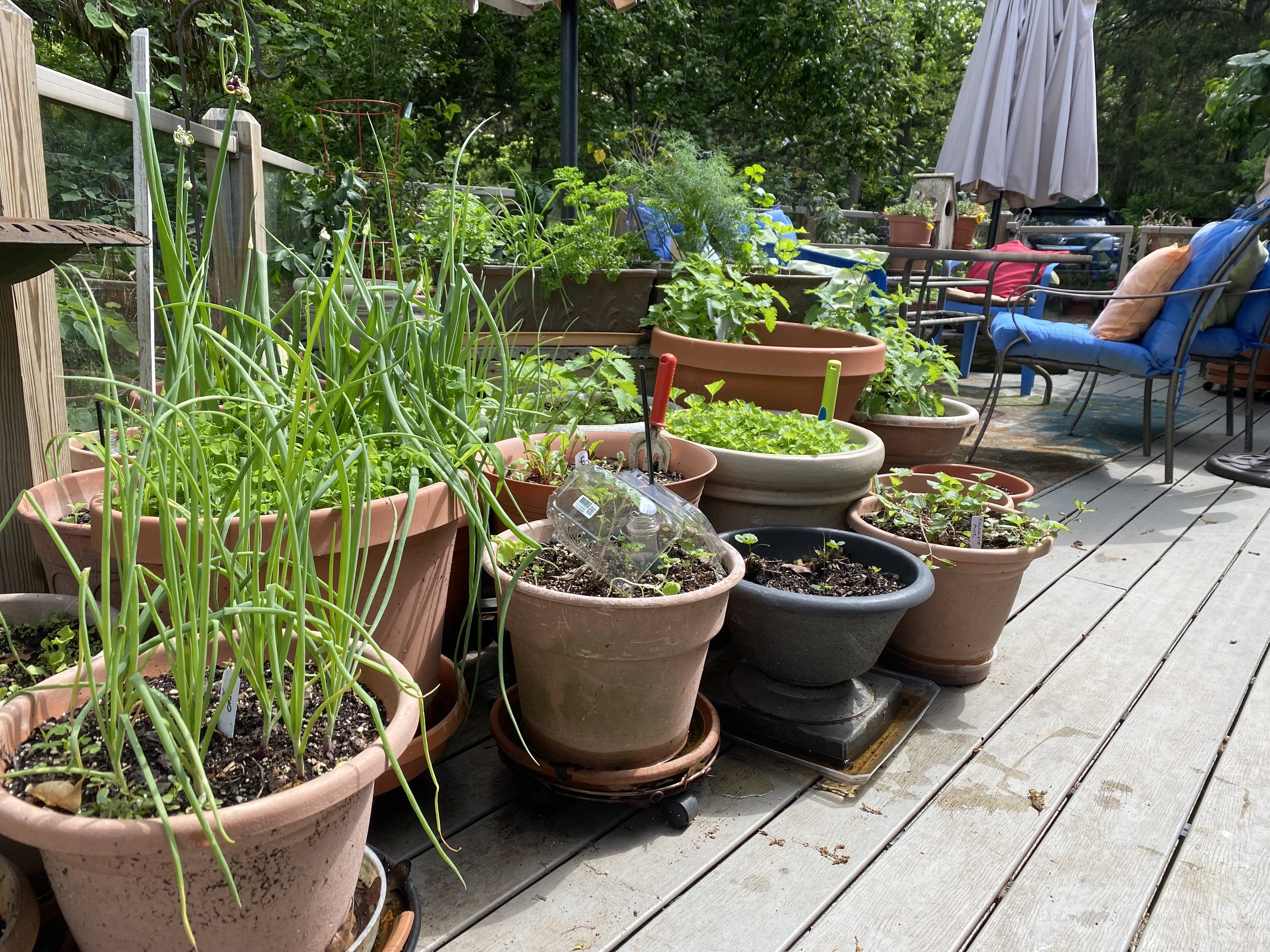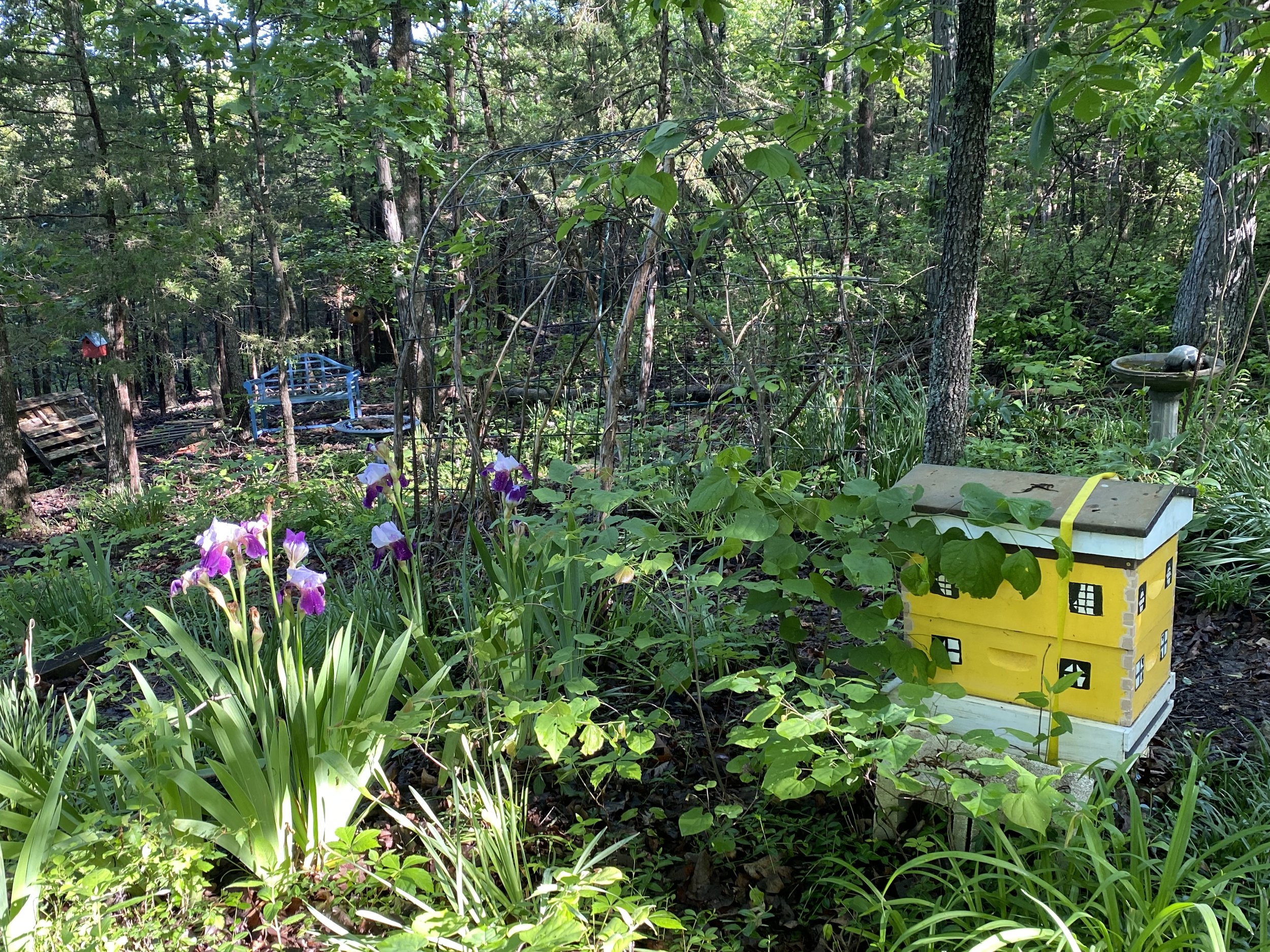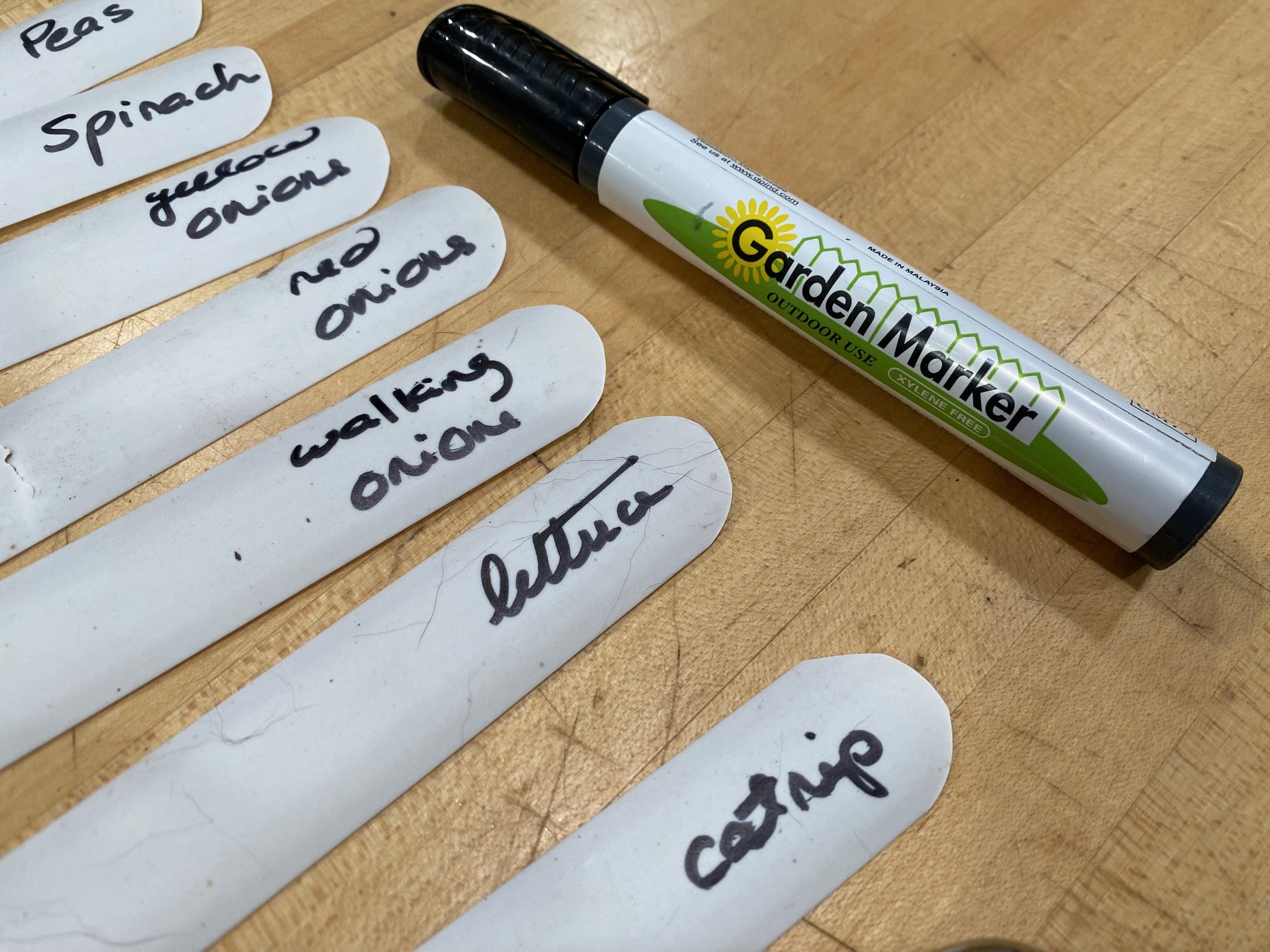How to Plant Tulips
/Darwin Hybrid mixed tulips in bloom spring 2017 in my new driveway retaining wall.
How to Plant Tulips
Tulips are planted in fall but most people think about planting them when they see them in spring in bloom. And yes, you can move tulips in spring, I will get to that in a minute.
Purchase tulip bulbs that are large, firm and heavy. Store the bulbs in a cool, dark place until planting time. You can usually find them for sale early fall at most garden centers, or through a variety of online suppliers.
Plant tulips in mid to late fall, when you are raking leaves and doing other fall clean up chores. Soil temperature should be 55°F or cooler.
Choose a planting location with full to part day sun, where the soil is well drained and easy to dig, never soggy. Loosen the soil to a depth of 10”. Also think about what wildlife may be in the area. Tulips are a favorite snack for deer and rabbits. Mice will eat the bulbs when there are mole runs.
If you have a lot of moles, plant tulip bulbs in soil in pots and bury the pots in the ground covered with chicken wire to protect them from being a winter snack.
How to Best Group Tulips
Tulips look best when they are planted in informal groups of 5 or more bulbs. Groupings of odd-numbered bulbs seem to look better than even numbers but I have planted, and like both groupings.
Space the tulip bulbs approximately 3 to 4” on center and plant them 6 to 7” deep. Use a garden trowel to plant individual bulbs or remove the soil from the planting area, place the bulbs and then refill the hole.
I invest in bone meal and add a sprinkling in the bottom of each hole before adding the bulbs. Bone meal provides a boost to the bulb roots as they start growing and makes sure they are strong and healthy when they are ready to bloom.
Moving Tulip Bulbs
Because people fall in love with tulips in spring when they are in bloom, there is a tendency to want to move them in springtime, too.
Although I don't recommend moving spring flowers in spring, it can be done. Dig the soil around the tulip roots and move tulip bulbs and soil to the new growing location. Do not dislodge the soil around the tulip roots or you will deny the plant the ability to gather nutrients and you will also disrupt the growing cycle.
Once moved, water well and, if necessary, stake the flowers so they will stand. I have found that once moved, it will take the flowers about a week to settle into their new home and stand up on their own.
The bulbs may not bloom the next year but if they are a re-blooming variety, add compost through the fall to re-invigorate the bulbs and they should bloom the following season.
Language of Flowers for Tulips
It’s been said that various colors of tulips have significant meaning when gifted: Red means love, white means I’m sorry and purple represents loyalty. Some of these "messages" are similar to the meaning of similar colors in other flowers, such as roses.
Regardless of the tulip variety, they are lovely flowers and deserve a safe spot in a spring garden.
Charlotte

